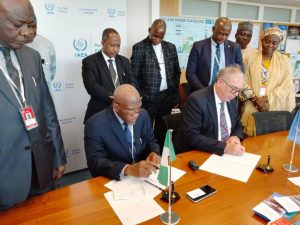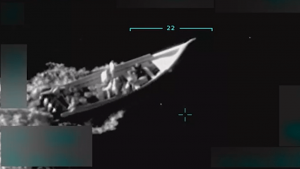Morocco’s Triga Mark 11 Reactor has joined the Internet Reactor Laboratory project in the Centre for Energy Research and Training, CERT, Nigeria.
This was on 11 April, 2023 and broadens the capacity-building network in nuclear reactors using the internet in Africa.
This is seen as significant because Morocco is a training hub in reactor physics in North Africa.
The Triga Mark 11 Reactor has a full power of 2 mw and was commissioned in January, 2007.
It is in the Nuclear Studies Centre of Maamera in Morocco and is the country’s biggest nuclear installation. It uses low enriched Uranium 235 of 19.7% as nuclear fuel.
Though research reactors are relatively simpler, smaller in size and use less nuclear fuel than nuclear power reactors, they still need the same level of rigorous safety and security regulations.
A bilateral agreement on the use of the internet for training courses in research reactors (Internet Reactor Laboratory) in universities was signed between Nigeria and the International Atomic Energy Agency during the 66th General Conference of the IAEA in Vienna, Austria, on 26 September, 2022.
The project is based in the Centre for Energy Research and Training, CERT, situated in Ahmadu Bello University, ABU, Zaria, northwest Nigeria.
The Vice Chancellor, ABU, Professor Kabiru Bala, signed for Nigeria and the Deputy Director-General, Nuclear Energy, IAEA, Mikkhail Chudakov, signed for his organisation.

CERT, Zaria, which is one of the energy centres under the Nigeria Atomic Energy Commission, NAEC, has a 31 kw research reactor which went critical (started operation) on 3 February, 2004.
It used weapon-grade highly enriched Uranium of 70.2%, but this was converted to a safer low enriched Uranium of 13% in 2018.
It was the last of 11 research reactors to be so converted in Africa. That of Ghana was converted in 2017.
Morocco’s Riga Mark nuclear reactor establishing a direct link with CERT, Nigeria, in the Internet Reactor Laboratory project provides an added opportunity in capacity-building in reactor physics and engineering in Africa.











